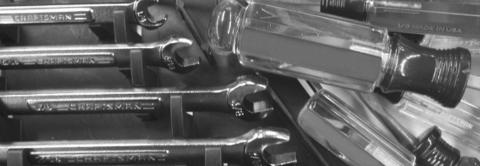Summer Safely: Happy 4th
The start of summer is the perfect time to gather with family and friends for good food and fun times. This year, celebrate the adoption of the Declaration of Independence safely! For our summer safely series this week let's go over everyone's favorite July 4th pastime, fireworks.









